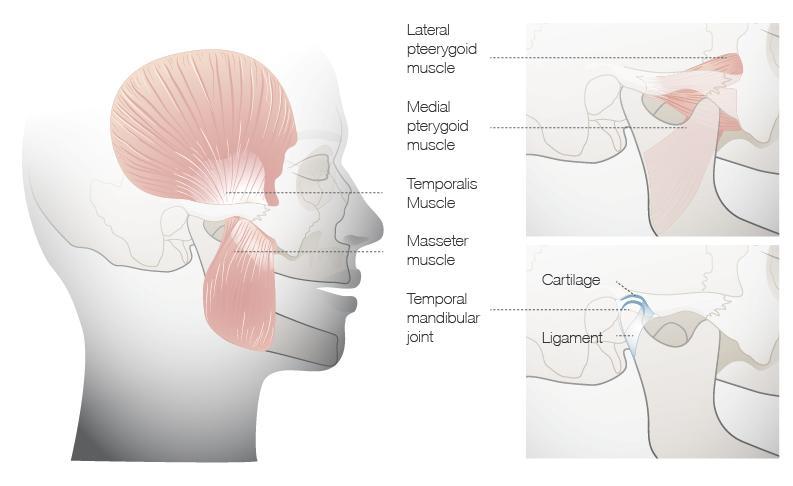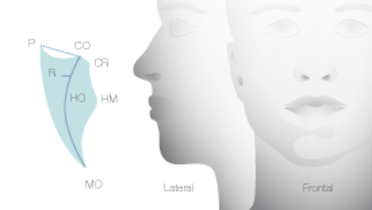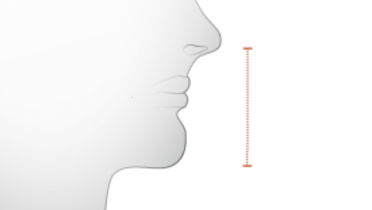-
0
Patient Assessment
- 0.1 Patient demand
- 0.2 Overarching considerations
- 0.3 Local history
- 0.4 Anatomical location
- 0.5 General patient history
-
0.6
Risk assessment & special high risk categories
- 5.1 Risk assessment & special high risk categories
- 5.2 age
- 5.3 Compliance
- 5.4 Smoking
- 5.5 Drug abuse
- 5.6 Recreational drugs and alcohol abuse
- 5.7 Parafunctions
- 5.8 Diabetes
- 5.9 Osteoporosis
- 5.10 Coagulation disorders and anticoagulant therapy
- 5.11 Steroids
- 5.12 Bisphosphonates
- 5.13 BRONJ / ARONJ
- 5.14 Radiotherapy
- 5.15 Risk factors
-
1
Diagnostics
-
1.1
Clinical Assessment
- 0.1 Lip line
- 0.2 Mouth opening
- 0.3 Vertical dimension
- 0.4 Maxillo-mandibular relationship
- 0.5 TMD
- 0.6 Existing prosthesis
- 0.7 Muco-gingival junction
- 0.8 Hyposalivation and Xerostomia
- 1.2 Clinical findings
-
1.3
Clinical diagnostic assessments
- 2.1 Microbiology
- 2.2 Salivary output
-
1.4
Diagnostic imaging
- 3.1 Imaging overview
- 3.2 Intraoral radiographs
- 3.3 Panoramic
- 3.4 CBCT
- 3.5 CT
- 1.5 Diagnostic prosthodontic guides
-
1.1
Clinical Assessment
-
2
Treatment Options
- 2.1 Mucosally-supported
-
2.2
Implant-retained/supported, general
- 1.1 Prosthodontic options overview
- 1.2 Number of implants maxilla and mandible
- 1.3 Time to function
- 1.4 Submerged or non-submerged
- 1.5 Soft tissue management
- 1.6 Hard tissue management, mandible
- 1.7 Hard tissue management, maxilla
- 1.8 Need for grafting
- 1.9 Healed vs fresh extraction socket
- 1.10 Digital treatment planning protocols
- 2.3 Implant prosthetics - removable
-
2.4
Implant prosthetics - fixed
- 2.5 Comprehensive treatment concepts
-
3
Treatment Procedures
-
3.1
Surgical
-
3.2
Removable prosthetics
-
3.3
Fixed prosthetics
-
3.1
Surgical
- 4 Aftercare
颞下颌关节紊乱综合症 (TMD)
Key points
- TMD 是一个统称,用于描述一组影响颞下颌关节区的肌肉骨骼疾病
- 在缺齿患者中,提供种植体支撑的修复体可能有助于颞下颌关节 (TMJ) 功能障碍的治疗
TMD - 颞下颌关节紊乱综合症
定期评估患者的颞下颌关节功能是任何口腔检查的重要组成部分。
此外,在无牙颌的处理中,良好的肌肉控制及无疼痛的颌运动协调是期望获得的结果。如果患者只能有限地执行或根本无法执行临床指导或要求的动作,则可能需要调整治疗时间。
TMD 是一个统称,用于描述一组影响颞下颌关节区的肌肉骨骼疾病和/或疼痛感觉。其中包括肌肉疾病(如肌筋膜疼痛)、影响关节复合体的疾病(如关节盘移位)及较不常见的关节炎疾病。可能出现的症状包括:
- 咀嚼肌和 TMJ 疼痛和触痛
- 髁头运动时产生关节音
- 下颌运动受到限制
缺齿患者 TMD 与病因
TMD 在高龄缺齿患者中并不常见。其病因仍存在争议,尚不明确。高龄人群的 TMD 患病率增加且与年龄相关,这表明此类疾病可能需要与无牙颌病症本身一起进行治疗。
TMD 的处理与治疗
牙科处理缺齿患者 TMD 的方法旨在通过优化修复体稳定性、固定效果和咬合情况来缓解该疾病,从而尽可能使患者获得功能上的舒适度。应始终牢记,在处理 TMD 时,除牙科治疗外,功能教育、药物治疗、理疗、咬合板、神经反射疗法及心理辅导各具优点。牙医应乐于转诊患者。
很少单独采用口腔修复干预作为 TMD 的特定疗法。美国牙科协会公布的官方科学信息声明中总结了相关指导原则。
其中包括有关该疾病为良性的患者教育和安慰、自我护理、短期药物治疗(如肌肉松弛剂)、物理治疗方式以及认知和行为干预(如放松技术、软质食物)
在考虑采取种植体治疗和基于种植体的修复治疗之前,临床医师应评估 TMJ/TMD 所处的阶段是否允许进行此类干预。如果无法治疗 TMD 或存在疑问,应寻求额外的专家帮助。
主题
Related articles
Digital Textbooks
A comprehensive, evidence-based review of the bony anatomy, normal and abnormal periarticular soft tissue anatomy including extensive details about the articular disc, and muscles associated with the temporomandibular joint.
A valuable reference for the diagnosis and treatment of temporomandibular disorders.



